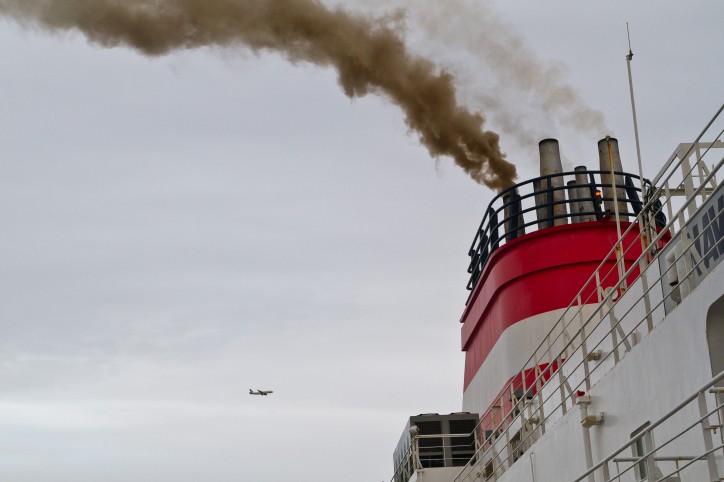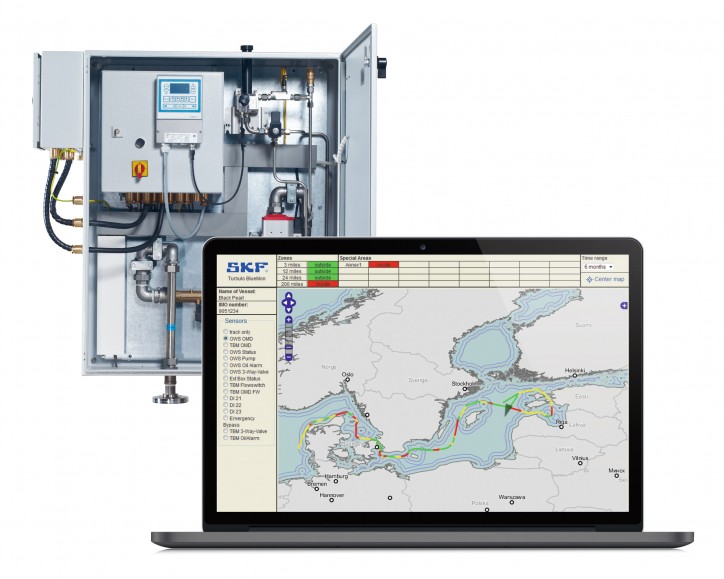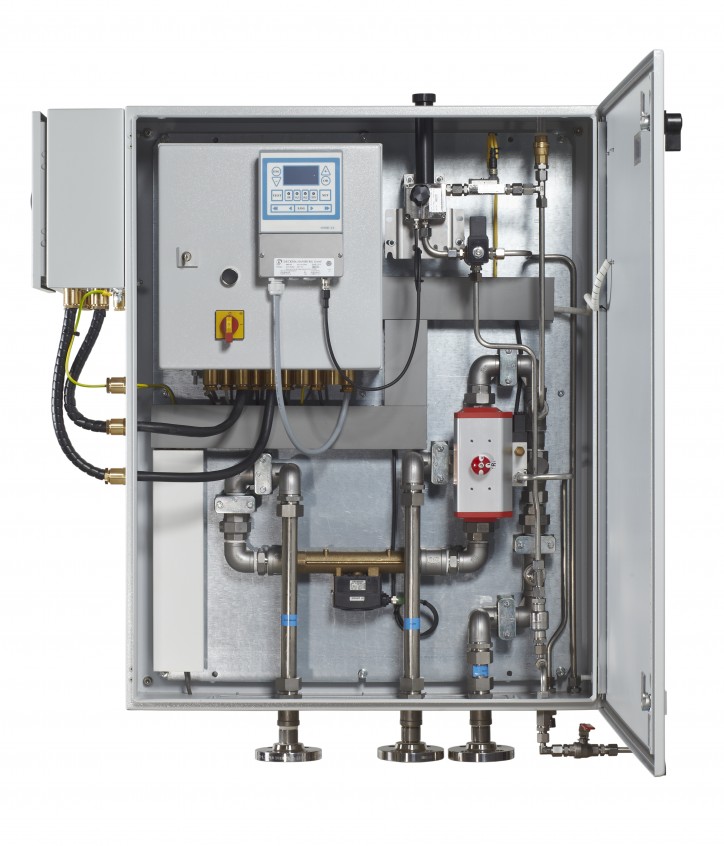Penalties for breaking environmental laws at sea are becoming tougher as regulatory bodies set new emission standards for an increasing number of maritime zones. In order to avoid the heavy fines that can be imposed, it is now essential to keep track of environmental emissions through these zones using purpose-designed monitoring systems - systems such as SKF's innovative BlueMon, which fully automates the process.
Legal conventions on pollution (such as MARPOL) are becoming stricter, covering everything from greenhouse gases and liquid pollutants to soot and other fine particle emissions. Consequences of non-compliance range from more frequent inspections and harsher fines, to a complete ban on entering a nation’s ports.

Ship emissions
While emissions from engine exhausts, bilge water separators, sewage systems, and incinerators have been methodically checked for decades, previously this has been a decentralised process, with values being measured separately - often by crew members with insufficient training for the job. One solution is to implement a central system that takes measurements from various sources of onboard emissions, adding a time stamp and GPS coordinates. This would create a geo-referenced logbook of emissions, helping ship owners to provide authorities with more detailed information, even years after the data was captured.

SKF BlueMon motiv 160429 - Image courtesy: SKF
One such system is SKF's BlueMon, however this solution goes one step further by fully automating the measurement and logging process, taking into account the ship's location and adjusting emissions limits compliant with those of the maritime zone in which the ship is moving. BlueMon senses when a maritime boundary is being crossed (at which point, different regulations may apply) alerting the captain if the current emissions exceed the limits for that zone.
While manual intervention is possible at this point, BlueMon can independently check the current emission values provided by onboard sensors. If necessary, to meet differing emission limits, additional treatment can be initiated. BlueMon can control, for example, the discharge of bilge water through the system’s own overboard valve in accordance to the limits programmed by the crew. The system will also sound a warning when the ship is approaching the shore, meaning that it must shift to a cleaner fuel, for example, or must not discharge bilge water overboard.
BlueMon is of modular design and can be individually configured as needed. In its standard form, the system comprises a central data logger connected to a PC running a software engine relevant to each of the Annexes to the MARPOL regulations, which will monitor the respective emissions. All data is displayed on the BlueMon Information System for at-a-glance viewing. The user can switch between views that show geographical maps with the ship’s current position and emission zones, and a clearly laid out overview of the current emission values. This view displays the emission values set forth in MARPOL Annex 1 (Regulations for the Prevention of Oil Pollution) – together with a graphical representation of the bilge water system – all on a single screen. The emission values set forth in Annexes 2-6 are also available and summarised on a further screen.

SKF BlueMon control cabinet unit 9 2013 MG 0887 modified - Image: SKF
At the moment, the BlueMon system is self-contained, being restricted to the ship itself. The technical possibility of ship-to-shore transmission is likely to be introduced in the next 18 months, similar in many ways to current onboard condition-based monitoring (CBM) systems which are able to transmit CBM data back to shore for remote, expert analysis, and allowing appropriate remedial actions to be relayed back to the ship’s crew.
BlueMon is an attractive option that reduces the crew’s workload and provides greater certainty for ship owners who have assurance that their vessels comply with the regulations - something that is becoming increasingly difficult for crews to maintain manually. With some maritime zones now likely to be monitored by sensor-equipped drones, many shipping experts around the world conclude that, today, you absolutely cannot afford to break the MARPOL convention.
Source: SKF